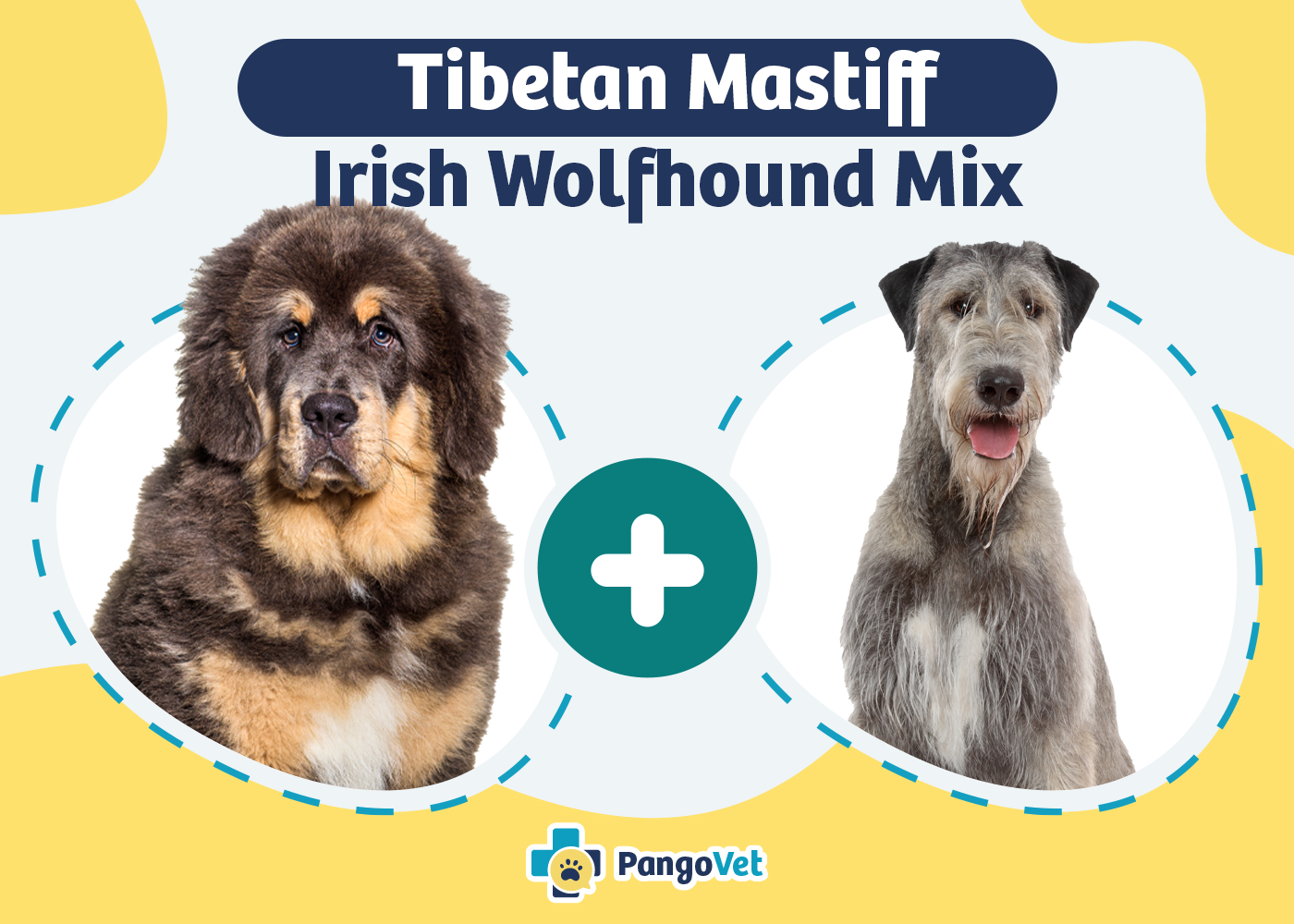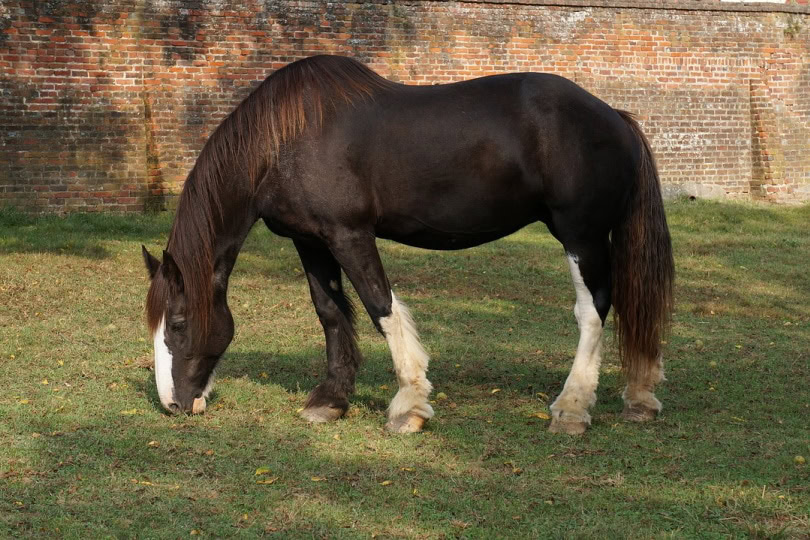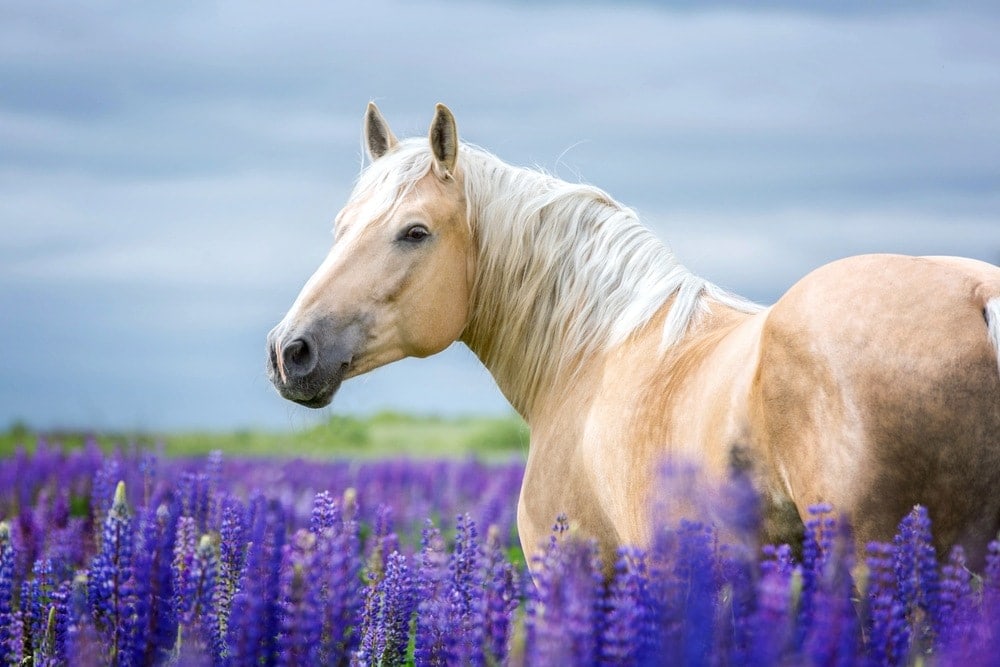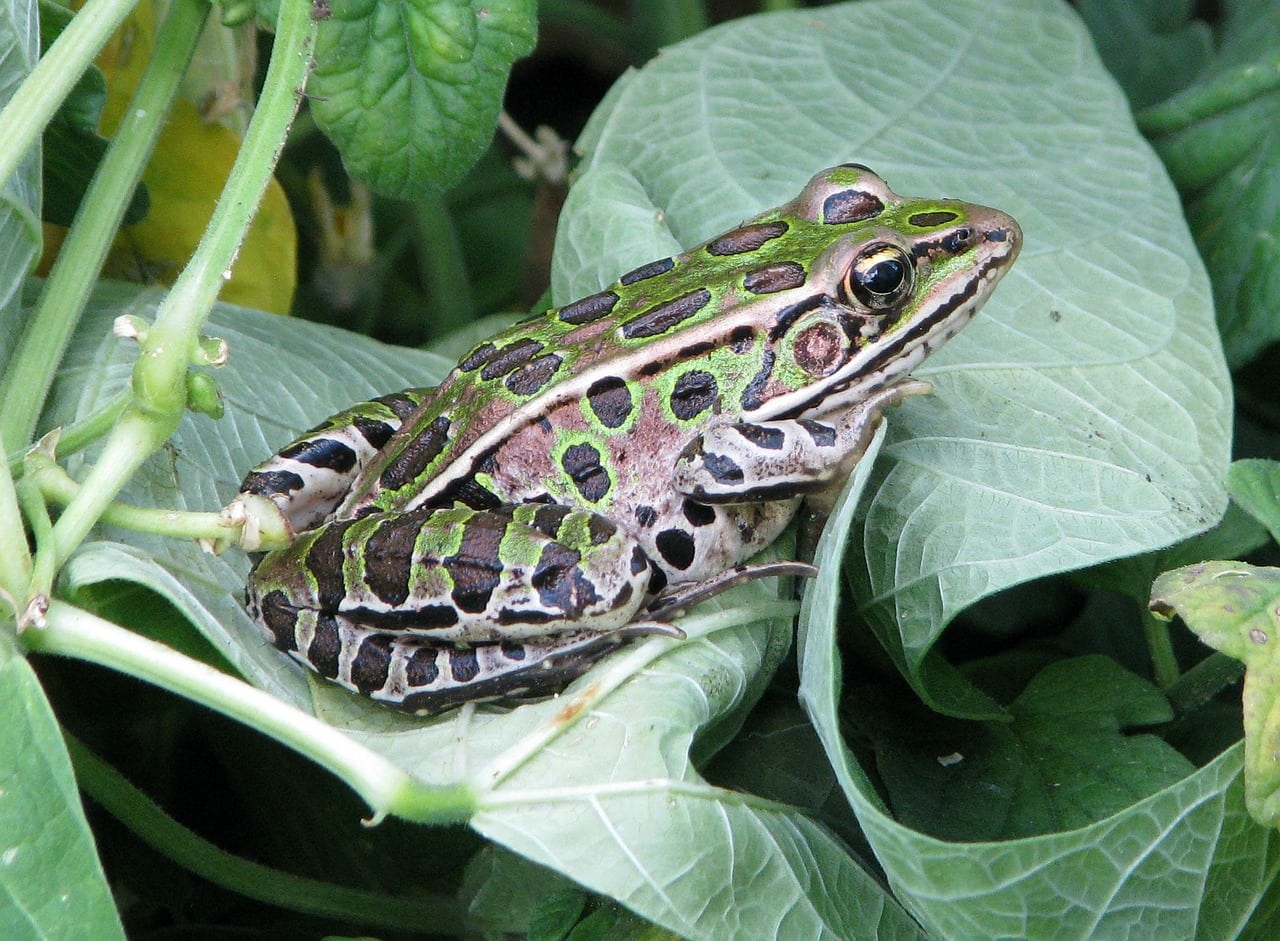Click Below to Skip Ahead
The Tibetan Wolfhound is a mixed breed created by mixing the Tibetan Mastiff with the Irish Wolfhound. It is a giant size dog breed that requires a lot of grooming and patience, so most experts don’t recommend it for new owners. The Tibetan Wolfhound is a relatively new breed without a documented history. However, its parents have lengthy histories, and you can get a good idea of what to expect from looking there.
Breed Overview
Height:
24 – 30 inches
Weight:
110 – 180 pounds
Lifespan:
12 – 15 years
Colors:
Black, black and tan, blue-grey, red gold, brown, brown and tan
Suitable for:
Families, apartments, large homes, guarding
Temperament:
Loyal, curious, funny
The Tibetan Wolfhound can stand almost three feet tall and weigh close to 200 pounds. They usually have long shaggy hair around the neck and are traditionally black with red highlights but can be many other colors as well. They typically have floppy ears and a short tail that may curl over its back, and it has a thick heavy coat with a dense undercoat.
Tibetan Wolfhound Characteristics

Tibetan Wolfhound Puppies
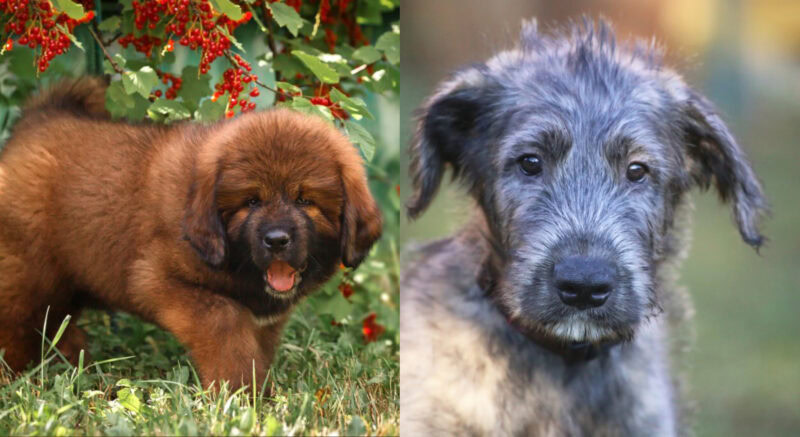
If you’re looking for Tibetan Wolfhound puppies, make sure you find a good breeder that runs tests to make sure the puppies don’t have any genetically transmitted health risks. Because these dogs are considered rare, you may not find many at local shelters, but it’s worth a look because of the huge savings that go along with adopting a dog. They may be a little older, but they are often extremely grateful to be out of the pound.

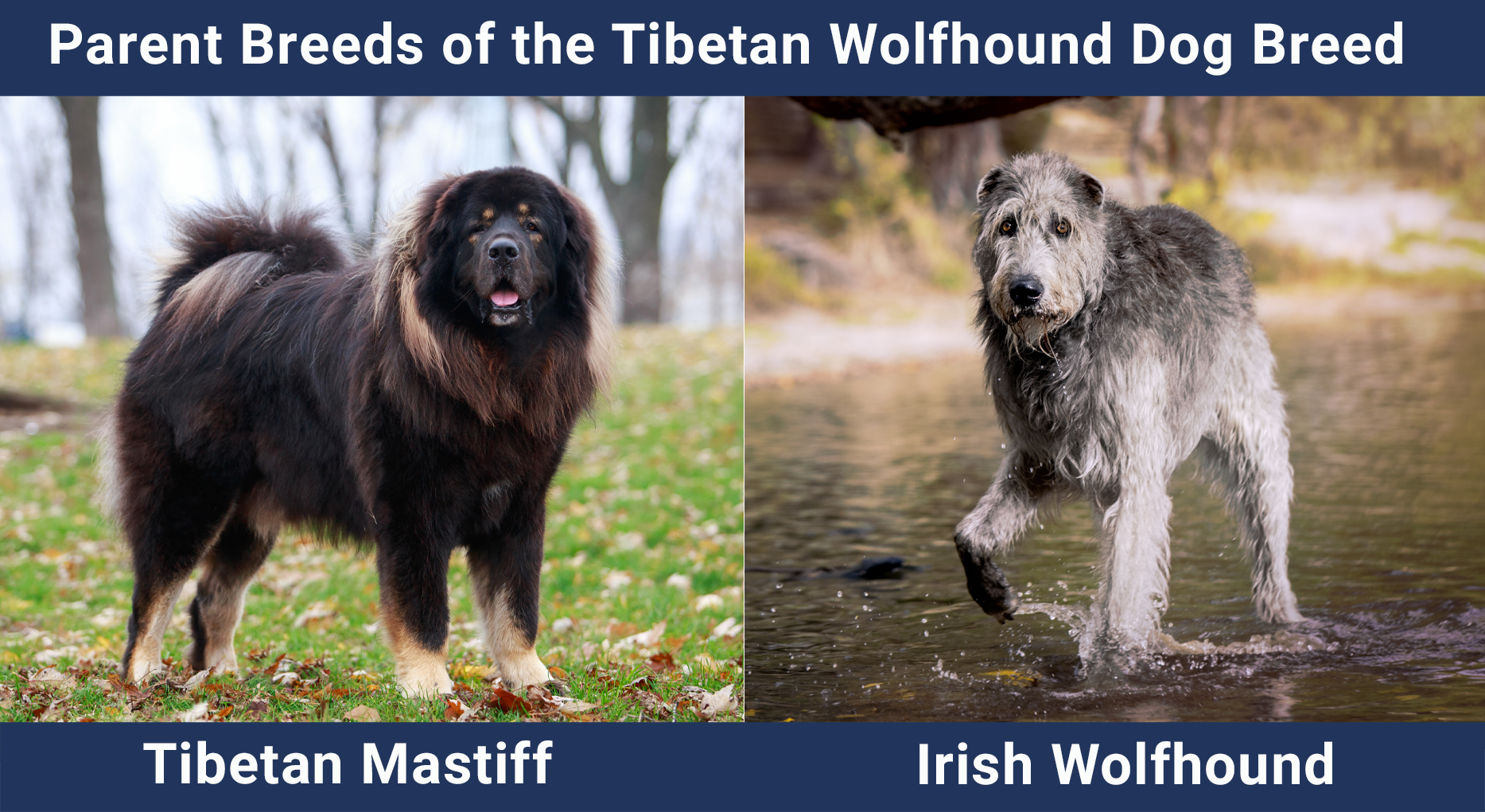
Temperament & Intelligence of the Tibetan Wolfhound
The Tibetan Wolfhound is considered a gentle giant. It loves being around family members and especially loves the company of children. It’s not an aggressive dog, but most experts recommend early socialization if you have other dogs in the household to help them adapt better. It can be shy around strangers and doesn’t like to be alone for long and will quickly suffer from separation anxiety.
Tibetan Wolfhounds are smart animals, but they can also be stubborn and prefer to do things their way. They require a firm leader who knows how to discipline them and be a pack leader, or they will take on the role themselves and can become quite intimidating. If you are not sure of your leadership skills, we recommend avoiding this breed or utilizing a puppy school or professional trainer to help you.
Are These Dogs Good for Families? 👪
The Tibetan Wolfhound makes a fantastic family pet. It enjoys being with the family and participating in family events, and it loves to play and follow around children. Its large size might make it a bit clumsy around toddlers, but they don’t mind the rough play that comes with children. Their large size also makes them extremely intimidating watchdogs that can scare off would-be intruders without moving, barking, or growling.
Does This Breed Get Along with Other Pets? 🐶🐱
The Tibetan Wolfhound is not an aggressive dog and should get along well with most other dogs and pets. Early socialization with family pets will strengthen the bond between them, further reducing the risk of aggression from any of your pets.

Things to Know When Owning a Tibetan Wolfhound
Here are some important things to consider before you purchase a Tibetan Wolfhound for your home.
Food & Diet Requirements 🦴
Tibetan Wolfhounds are giant dogs that can reach nearly 200 pounds, so you can expect to spend quite a bit on food. They can eat up to four cups of food per day that you should spread out over several meals to help make the food easier to digest and reduce the risk of bloat. We recommend a high-quality food with real meat listed as the first ingredient. You should also look for a brand that supplies omega fats as well as antioxidants, which can help your pet stay healthy throughout their lives.
Daily Exercise Requirements 🐕
The Tibetan Wolfhound will need to walk a quarter to a half-mile per day to stay healthy. It’s surprisingly adaptable to apartment living as it remains relatively inactive while indoors, but if they don’t get the activity they need, they will put on weight and develop other health problems. Besides walking, Tibetan Wolfhounds also like to play games of fetch and trips to the dog park.
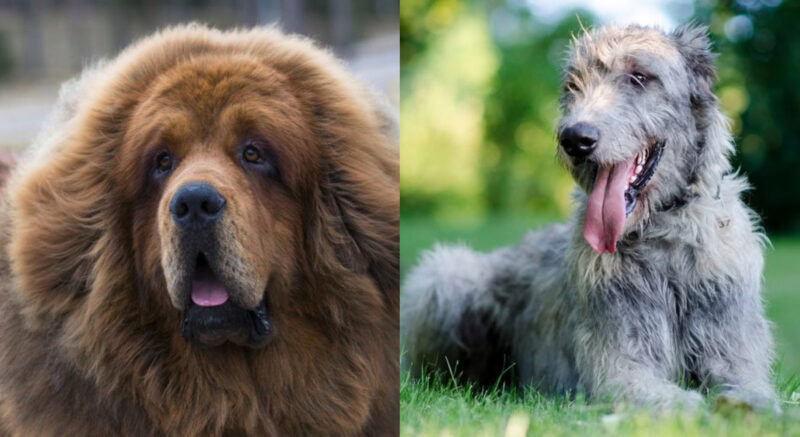
Training 🥎
Tibetan Wolfhounds can be stubborn, so it may be a challenge to train them. Patience and consistency will be your best friend when training, and plenty of positive reinforcement in the form of praise and treats will also be required. Keep your training session to less than 15 minutes per day, and make sure it’s at the same time each day. Doing so will get your dog on a schedule, and they will come to expect the training session.
Once they are interested in training, you can shower them with praise and supply them with treats when they perform correctly for the best chance of a successful session.
Grooming ✂️
The Tibetan Wolfhound will require daily brushing to keep their thick coat free of tangles and knots and looking neat. Grooming may be a bigger problem than it seems because the Tibetan Wolfhound is a breed that doesn’t like it when you brush them, so you will need to start early in life and get them used to it. You will not need to trim or cut the coat very often.
You will also need to clip their nails when you hear them clicking on the floor and brush their teeth as often as possible to reduce the risk of dental decay.
Health Conditions 🏥
Here are some of the common health problems that affect Tibetan Wolfhound dogs.
This section is where we list the minor conditions.
- Ear Infections
- Skin Problems
In this section, we’ll look at the more significant problems.
- Progressive Retinal Atrophy
- Liver Shunts
Because many Tibetan Wolfhounds have floppy ears, they are more prone to ear infections. Floppy ears tend to hold moisture and other debris inside the ear where bacteria can develop, which leads to an ear infection. Symptoms of an ear infection include scratching at the ear, pain, a bad odor, swelling, dark discharge, and crusting, and crusting. Keeping the ears clean and dry is the best defense, and medicated cleansers are the preferred method of treatment.
Allergies are the source of most skin problems in dogs. Food, pollen, mols, and dust can all cause allergic reactions, which can result in itchy or inflamed skin that results in scratching and dandruff. You may also notice swelling, bumps, bald patches, and hot spots. Since there are so many things that can cause an allergic reaction, the best first step is to take them to the vet and identify the source. Once the cause is determined, treatment is a matter of removing the problem or treating it with medication.
Progressive retinal atrophy is a group of retinal diseases that affect the photoreceptors in your dog’s eye. This disease causes the cells in the eye to deteriorate over time and could lead to blindness. Night vision is usually affected first, followed by day vision. It’s not a painful condition, so it often goes unnoticed until the first signs of night blindness appear. If your dog is suffering from night blindness, they may bump into objects when the lighting is dim. Your dog may also become nervous at night and resist going into dark rooms.
Liver shunts are extra pathways that allow blood to bypass the liver. Liver shunts are typically a congenital disability that could lead to cirrhosis. Special diet and prescription medications are often the preferred course of action for keeping the dog healthy.

Male vs Female
The male Tibetan Wolfhounds stand noticeably taller than the females, but they are very similar in weight. The female’s facial features are slightly softer, and they tend to be more independent. The males are food-motivated, and you can often change their minds about something with a few treats.


3 Little-Known Facts About the Tibetan Wolfhound
1. Because Tibet has always been closed off from the world, it’s hard to know when the Tibetan Mastiff’s parents originated.
Tibet has historically been a remote and isolated region, cut off from much of the outside world by mountain ranges and harsh terrain, which means little is known about the origins of the Tibetan Mastiff by the Western world. This majestic breed, known for its huge size and protective instincts, is believed to have ancient roots, potentially dating back several thousand years. We do know that Tibetan Mastiffs were traditionally used by nomadic herders, particularly in guarding livestock from predators, but the exact timeline is difficult to pinpoint.
2. Some Tibetans believe, in accordance with ancient legends, that the Tibetan Mastiff is a divine being with a higher purpose.
In harsh winters and times of plague, Tibetans believed that living Buddhas would descend from the heavens riding the backs of giant Tibetan Mastiffs. These noble dogs have therefore been deeply entrenched in Tibetan folklore and are held in high regard, believed to be a symbol of salvation and supernatural intervention.
3. The Roman Empire used the Irish Wolfhound parent breed as war dogs to pull enemies off their chariots on the battlefield.
The Irish Wolfhound was famously valued by the Roman Empire for its power and size, training them to be formidable allies on the battlefield. With such impressive height and strength, the Irish Wolfhound was ideal for intimidation and even pulling enemies from their chariots or horses, creating chaos and breaking up enemy formations.

Summary
The Tibetan Wolfhound makes a great family pet, but it’s better suited to an experienced owner. It’s a very large dog that requires discipline and a strong pack leader, so you need the experience to know how to provide it. They adapt surprisingly well to apartment life but prefer large open spaces. They are a fantastic watchdog and love to play around with children
We hope you enjoyed reading about the Tibetan Wolfhounds and have decided to bring one of these lovely animals into your home. If we have helped you learn something new, please share this complete guide to the Tibetan Wolfhounds on Facebook and Twitter.
Featured Image:
